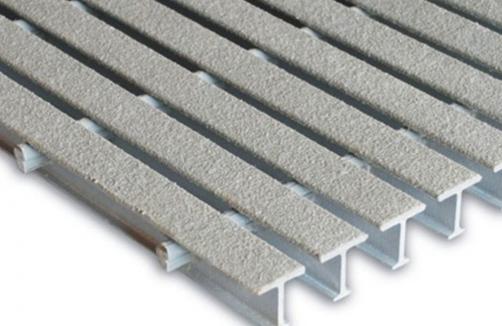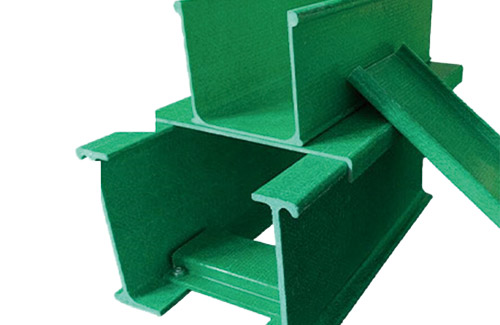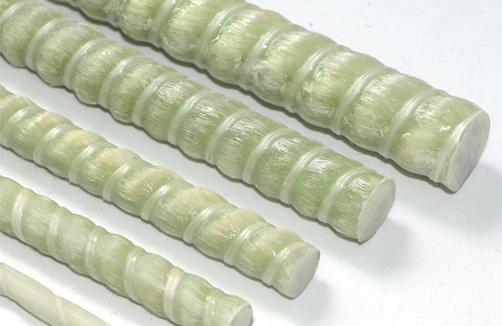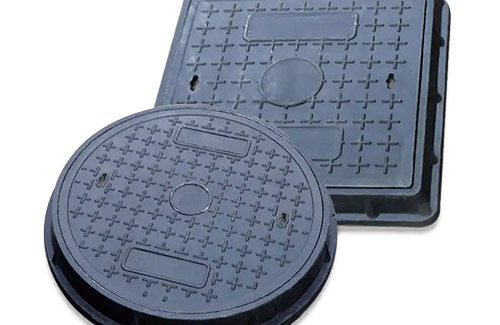Fiberglass cover plates are primarily used for laying trenches and walkways, and are commonly used in power plants, sewage treatment plants, and stairwells and walkways.
Fiberglass cover plates have excellent characteristics such as corrosion resistance and flame retardancy, consolidated anti slip, light weight, easy installation, no protection, and insulation. They have different degrees of superiority compared to traditional materials such as steel, aluminum, stainless steel, and alloy steel. They are suitable for operating channels, stairs, walkways, cover plates, building decorations, and other occasions. They have more important effects in areas such as wet heat, easy rust, acid alkali corrosion, and high altitude exposure.
Select the resin type for fiberglass cover plates
There are three commonly used resin types for fiberglass cover plates: ortho benzene type, meta benzene type, and vinyl type. Its price is directly proportional to its corrosion resistance, so it is necessary to select the economical resin type based on the corrosive medium in the application environment, the function introduction, and the corrosion resistance function table
A. Ortho benzene type: It has general corrosion resistance, can withstand atmospheric aging, seawater corrosion, etc., and can be used for a long time at temperatures of -50~60 ℃.
B. Benzene type (for municipal use): It has excellent corrosion resistance and can withstand medium concentrations of inorganic acids, alkalis, various salts, and other environments. It can be used for a long time at temperatures of -50~90 ℃.
C. Vinyl type (for chemical use): It has excellent corrosion resistance and can withstand harsh corrosive environments such as acid, alkali, salt, solvent, or acid-base substitution. It can be used for a long time at temperatures of -50~110 ℃.








